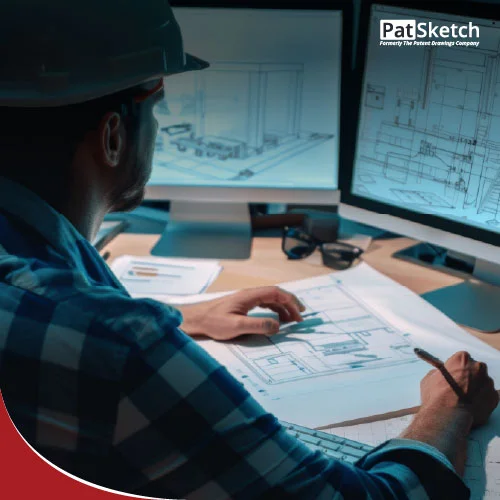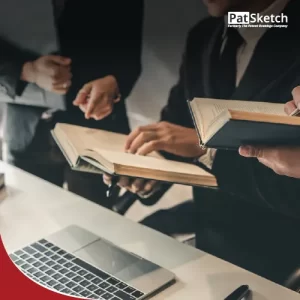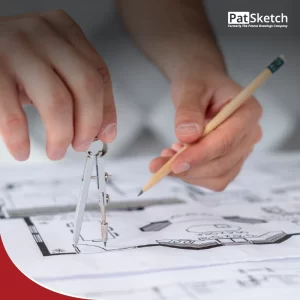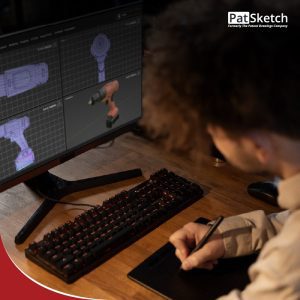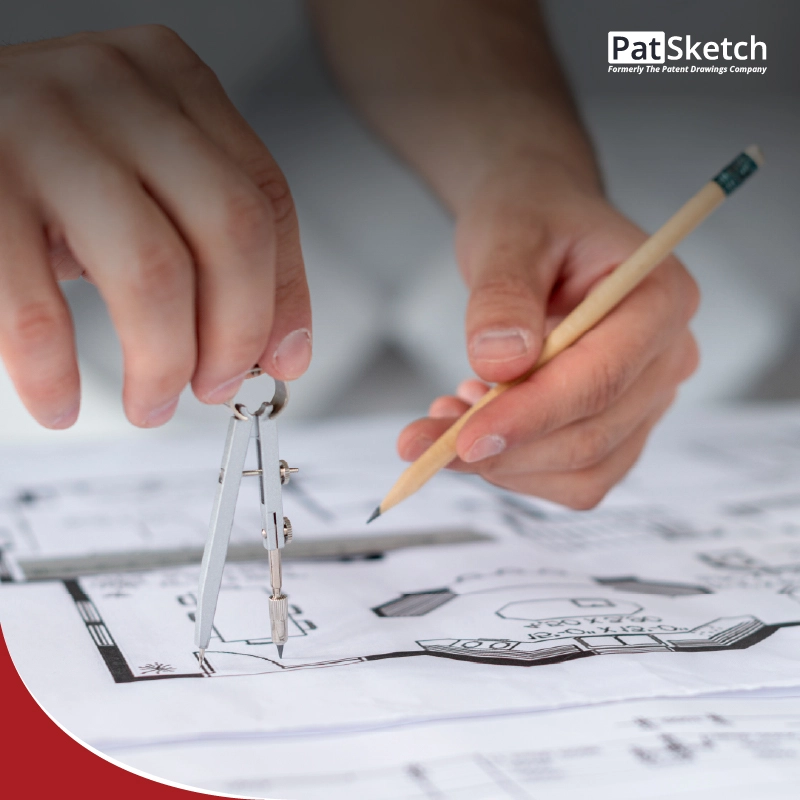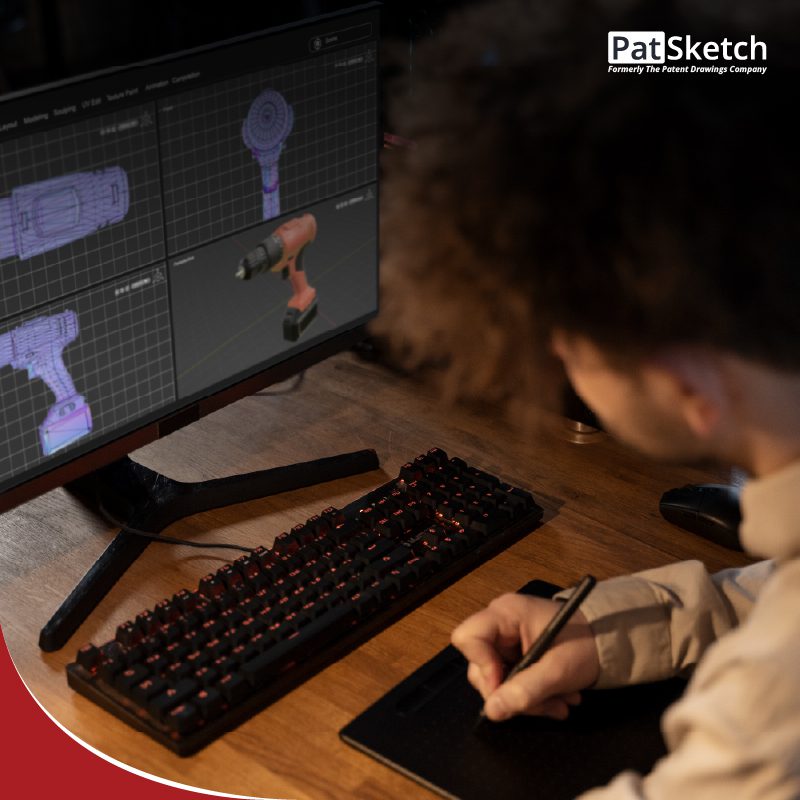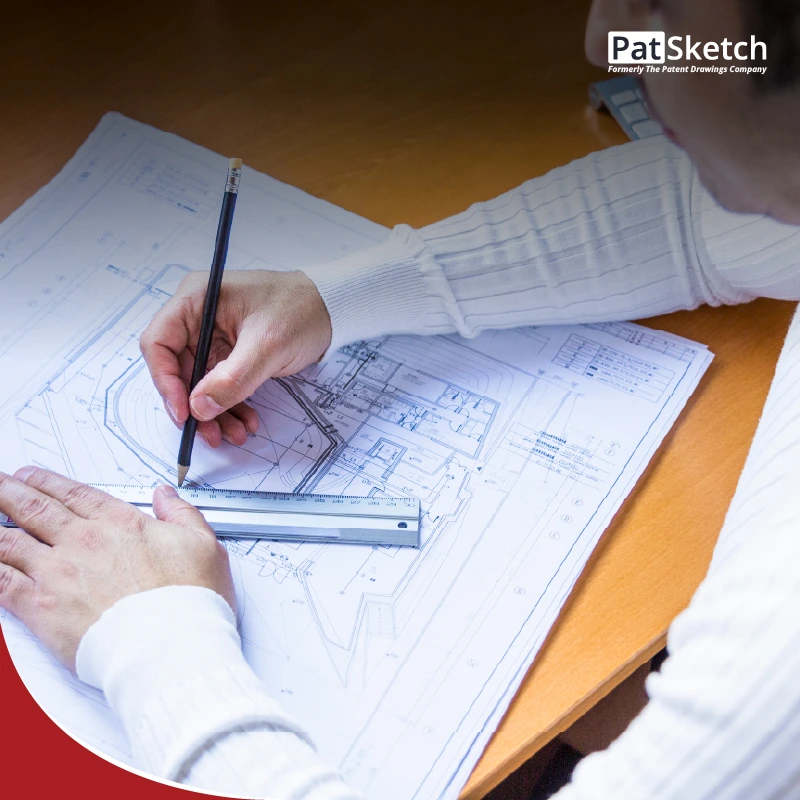You must have seen the design of the Coke contour bottle, Piaggio Vespa scooter, iPod/iPhone/iPad/iMac, the shape of the Volkswagen Beetle, or Mini Cooper Cars sometime in your life. All these products have designs that are unique, and simply by looking at them from distant places, even you can identify them. All these are examples of industrial designs and are proprietary to specific companies or individuals who made them. Other companies can’t use these designs to promote their products, and doing so could lead to infringements and the infringers would have to pay a heavy price for this.
Since industrial designs are proprietary designs and much of the success of their businesses depends on them, no third party can copy them. Like patents and trademarks, these are industrial assets that help companies create brand awareness among their consumers. So, next time, if you wish to distinguish your products from other competing products to let consumers identify your products instantly, then create a unique and novel design and go for filing an industrial design application. If everything goes well, you might be granted a proprietary design that is exclusive to yo,u and you can then exclude others from using it.
In layman’s terms, Industrial designs are the features of a product that make it more appealing to the consumer’s eyeballs. It can be anything like the pattern of a knitted sweater, the design of a bottle, the contour of a car hood, the shape of a computer monitor, etc. Distinctive and attractive features like these give products a competitive edge.
Legally, an industrial design constitutes the ornamental or aesthetic aspect of an article and can be defined as any shape, configuration, color, surface pattern, or line (or a combination of these) that, when applied to a functional article, increases aesthetics and improves the visual appearance of the design. Industrial designs may be either two-dimensional or three-dimensional articles. In a legal sense, an industrial design constitutes the ornamental or aesthetic aspect of an article.
However, not all designs are granted industrial design protection, and you will have to come up with designs that have certain properties and characteristics, and only those designs that meet these requirements can be granted this protection. The parameters based on which the credibility of industrial designs is judged are:
- Design must relate to the shape, configuration, pattern, or ornamentation of the article
- It ought to be origina,l and no one else has used it in the past
- It should be novel or new
- It has to be non-obvious,which means people with reasonable expertise will have to put some extra mental effort into making it
- The design could be applied to a functional article
- The design should be visible on a finished article
- There should be no prior publication or disclosure of the design
Difference between Patents, Copyrights, and Industrial Designs
Patents, copyrights, trademarks, and industrial designs, though all fall under the category of intellectual property, are not the same and can’t be used interchangeably. The table below could help you understand the things that differentiate them from each other.
| Patents | Copyrights | Industrial Designs | |
| Nature of protection | Any technical invention and enhancement | Any literary works, like music, poems, or artworks | Ornamental or aesthetic appearance of an article |
| Duration of protection | 20 years from the priority date | Lifetime of the creator plus 60 years | 10 years from the date of filing and can be renewed every 5 years |
| When should it be applied | Before launching the product in the market | Anytime | Before launching the design in the market |
| How to maintain | A filing fee is paid before the grant | The fee is not required | The fee is required after 10 years while renewing |
What cannot be protected as Industrial Designs?
As we discussed earlier, industrial designs are important for those companies that are willing to give a unique identity to their products and wish to distinguish the aesthetic appearance of the product from other competing products in the market. However, the grant is not given to every design that intends to enjoy it. Apart from this, not all products are granted industrial design protection and some are even forbidden. Here is a list of designs that we can’t protect as industrial designs:
- Designs that are opposite to public moral values
- Designs of books, certificates, jackets, calendars, maps and plan cards, forms, and other documents are not protectable
- Protection can’t be sought for patterns of dresses, medals, greeting cards, leaflets, postcards, stamps
- Designs that include flags, emblems, or signs of any country can’t be protected
- Industrial Designs of integrated circuits are not protectable
Also Read: How to Determine the Patent Validity?
Why should I protect designs?
Industrial designs are a kind of value addition that we put in our products/packaging of products to make them stand apart from the crowd. These are a kind of IP and could be one of the greatest assets in terms of building brand identification and reputation. We need some inputs and efforts to create them, and thus, once granted protection, we can use them to exclude others from using it or taking unlawful advantage of it. So, one question that pops up in our minds is why one should protect industrial designs in the first place.
Below are some of the reasons that will underline the need to protect industrial designs.
- It improves the value-adding aspect of your product
- It helps companies create brand(s) for their products
- It increases the marketability of the product
- It protects your creation from third parties’ use
- It stops illegitimate products from destroying the brand’s efficacy and safety
- Encourages creativity in the manufacturing and industrial sectors
Thus, as an individual or a company, if you wish to create a unique identity for your products, then industrial design could be the best way to achieve that. However, a well-crafted industrial design requires heavy investments in terms of time, energy, and resources. Since you are adding some value to your product with these designs and much of the success of your business is going to depend on them, it is important to protect them at the earliest so that no third party can take unlawful advantage of your designs. You can achieve this either through in-house means or by hiring a third party that helps companies protect industrial designs.
Patsketch
Our services at PatSketch include patent drawings and trademark drawings, patentability searches, design patent searches, engineering drawings, and 3D Modelling. We strive to provide patent drawing services at the lowest prices. Our services are provided by experts who have worked in the field for years. We offer the most flexible output formats and ample expertise. Contact us to hire experts who will deliver the best results.

